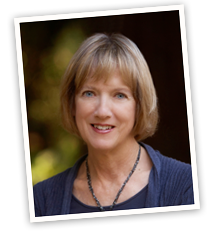Book Group Discussion Topics
on Tangled Roots
- Immigration to a new homeland has always been driven by a variety of motives—economic opportunity, escape from oppression, hope for a better life. In what ways was immigration in the 18th century similar to or different from today’s population movements out of Central America, Africa and the Middle East into developed countries in Europe and North America?
- As she aged, Mary Brandon’s longing for education seems to have settled into a comfortable accommodation to her role as wife and mother. Yet one has the feeling she never lost her intellectual curiosity. Have we made any progress in giving women an opportunity to fulfill both of these fundamental needs?
- Colonial America was a hodge-podge of separate cultural, religious, racial, linguistic tribes, each of each maintained very separate identity for a while, then merged into the great “melting pot” that is America. What are the costs and benefits of encouraging common tribal values in a society versus respecting the separateness of different cultures?
- Indentured servitude was common in colonial America. This story takes place during a time when about half the people living in Philadelphia were subject to some kind of “bond” of servitude. Lifetime bondage was another societal practice that had been around in one form or another since earliest recorded history. How and why did the American colonists buy into the notion of “purchasing” enslaved men and women from Africa to achieve economic prosperity?
- This story is an example of the widespread interest in “finding one’s roots” in order to better understand who we are. In sorting out “nature versus nurture,” we generally find that some aspects of our personalities were shaped by our experiences, but much of who we are seems to be inherent. We create narratives to help explain why we exhibit the tendencies we do and every family has its own sense of unique characteristics. To what extent can we look to our heritage to explain ourselves?
- John Brandon and his family identified themselves first and foremost as English colonists, inseparably linked to their homeland. Their English character was reflected in the language they spoke and the churches they attended. By the time Mary and Matthew were reaching the end of life, the American Revolution had occurred and they had a new identity as Americans. Today as political polarization has separated the country, what can we learn by looking back at how immigrants from all over the world came to think of themselves as one nation?
- In 18th century America, marriage was almost of necessity to survive in a still-undeveloped wilderness, more pragmatic than romantic in many cases. How much has the movement for equal rights for women changed the meaning of marriage?
- It has taken hundreds of years for Americans to accept moral responsibility for destruction of the Native American way of life on this continent. The friendship among Kago, Alex and Mary that is depicted in the book may appear to some as yet another romanticized whitewashing of the harm that was done. As we begin to move away from the media-created notion of Cowboys and Indians that many of us were raised with, how can we best acknowledge wrong-doing without a total rejection of history?
